
Alan Haefele
Managing Director
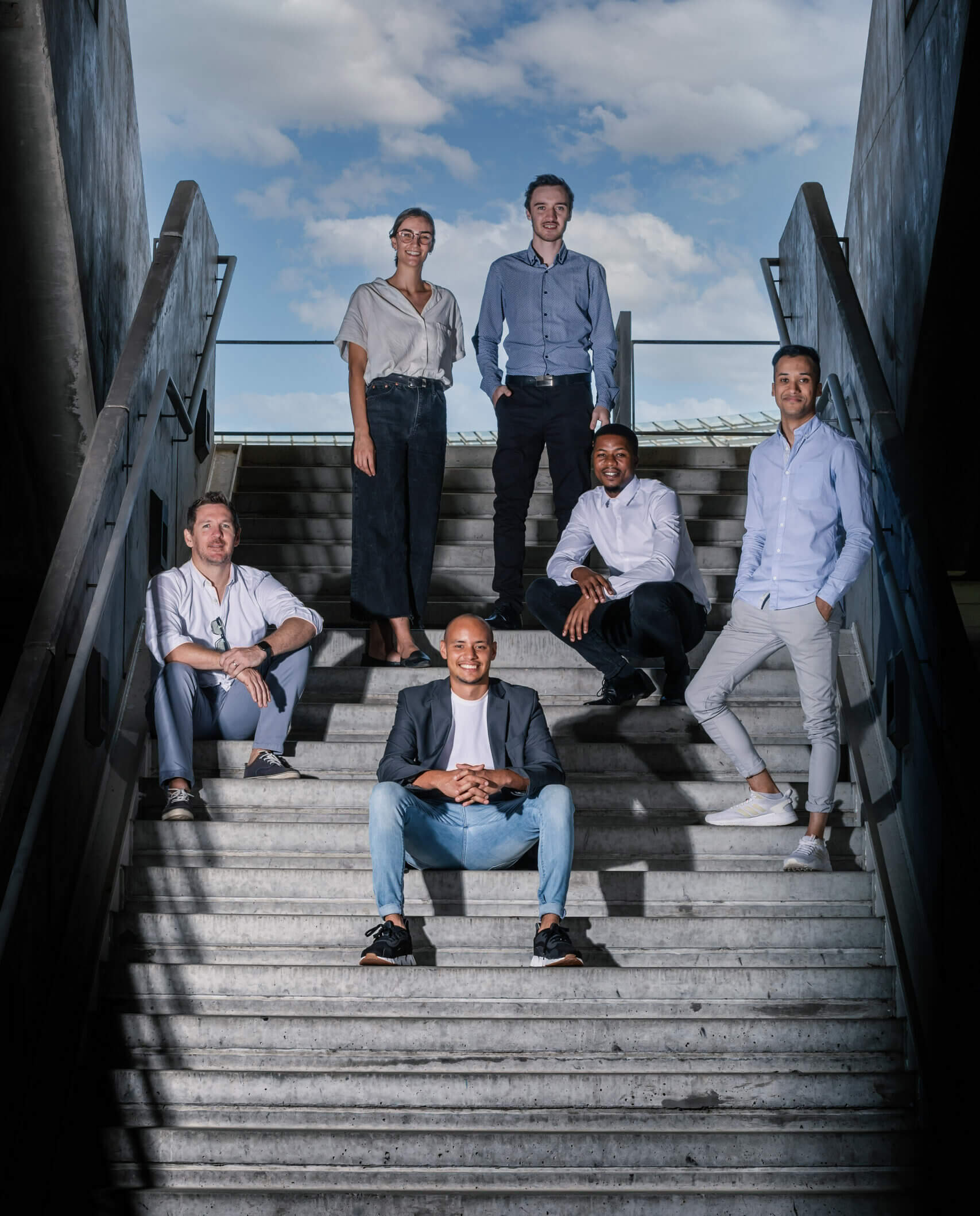
Much like with the creative arts, music and film making, the outlier productions are the result of passionate, specialist professionals collaboratively weaving their expertise together, each sharpening their respective crafts.
Software development at its best, is no different.
We cultivate and mentor teams of dedicated software professionals, partnering with our clients to provide cohesive, handcrafted Agile teams from our team of Scrum Masters, Analysts, Designers, Developers & Testers, many practiced alongside each other, driven to solve their next challenging problem, as a team.

Engagements
Whether you’re exploring a new concept, navigating your MVP, or tackling a decade of technical debt in a complex refactor or complete rebuild, whether building a new team or boosting an existing team, there is a team shape and a road to high-performance.

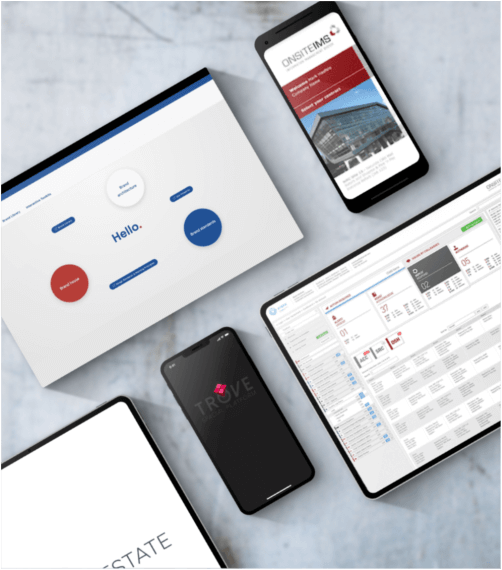
Partnerships
We believe Boutique consultancies like ours represent an important sweet spot for clients – large enough to be trusted with considerable challenges, but small enough to be attentive and foster expert specialism in a field – this is a win for clients and talent alike seeking high-performance teams.
We lean into this belief and partner with fellow Boutique consultancies in the Design & Creative craft (Product Design, UI, UX), and Data Science skills (Data Engineering, AI/ML) folding such specialism into our own as teams require – giving our clients a Boutique experience across multiple crafts.



Managing Director

Finance and People Director
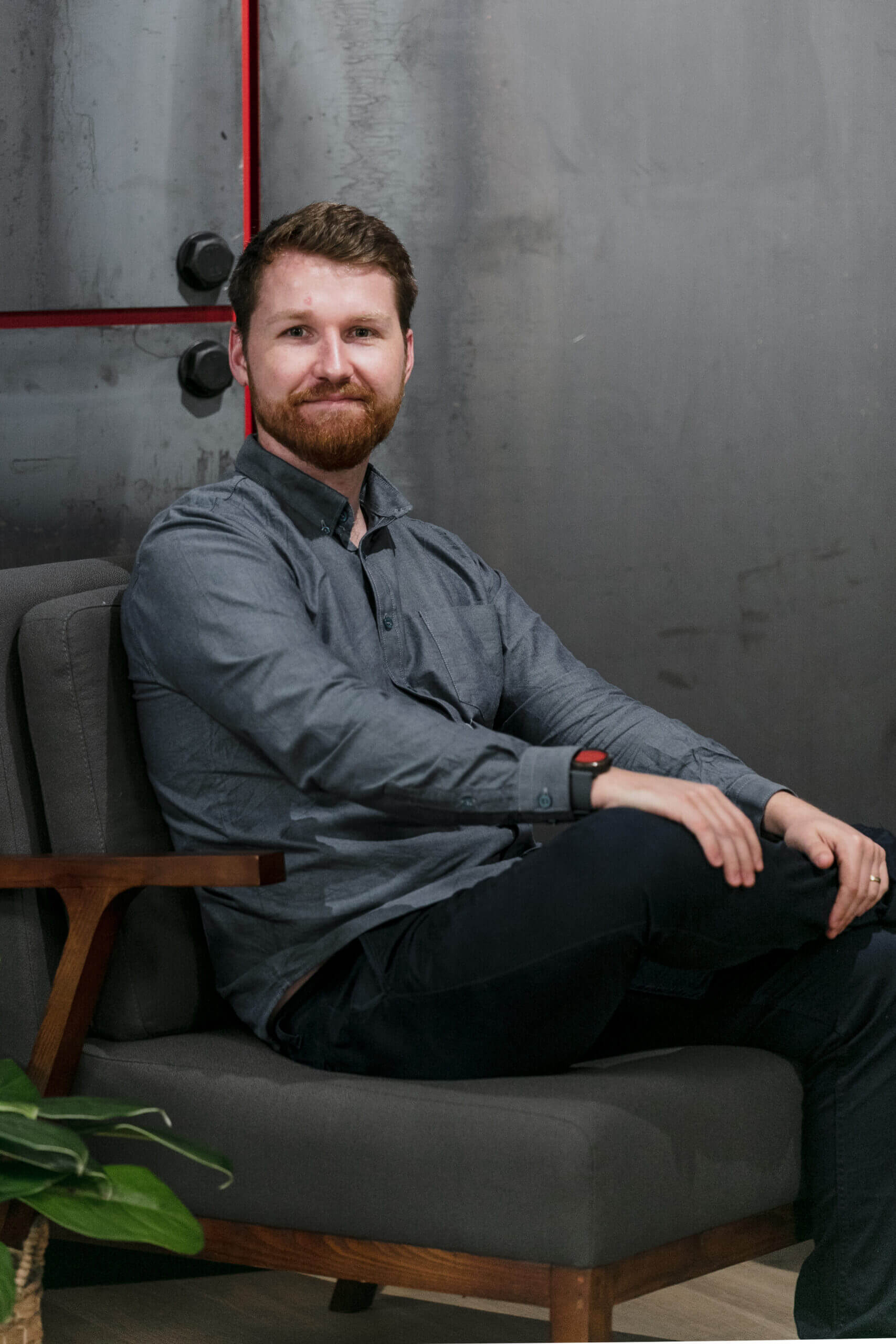
Delivery and Operations Director
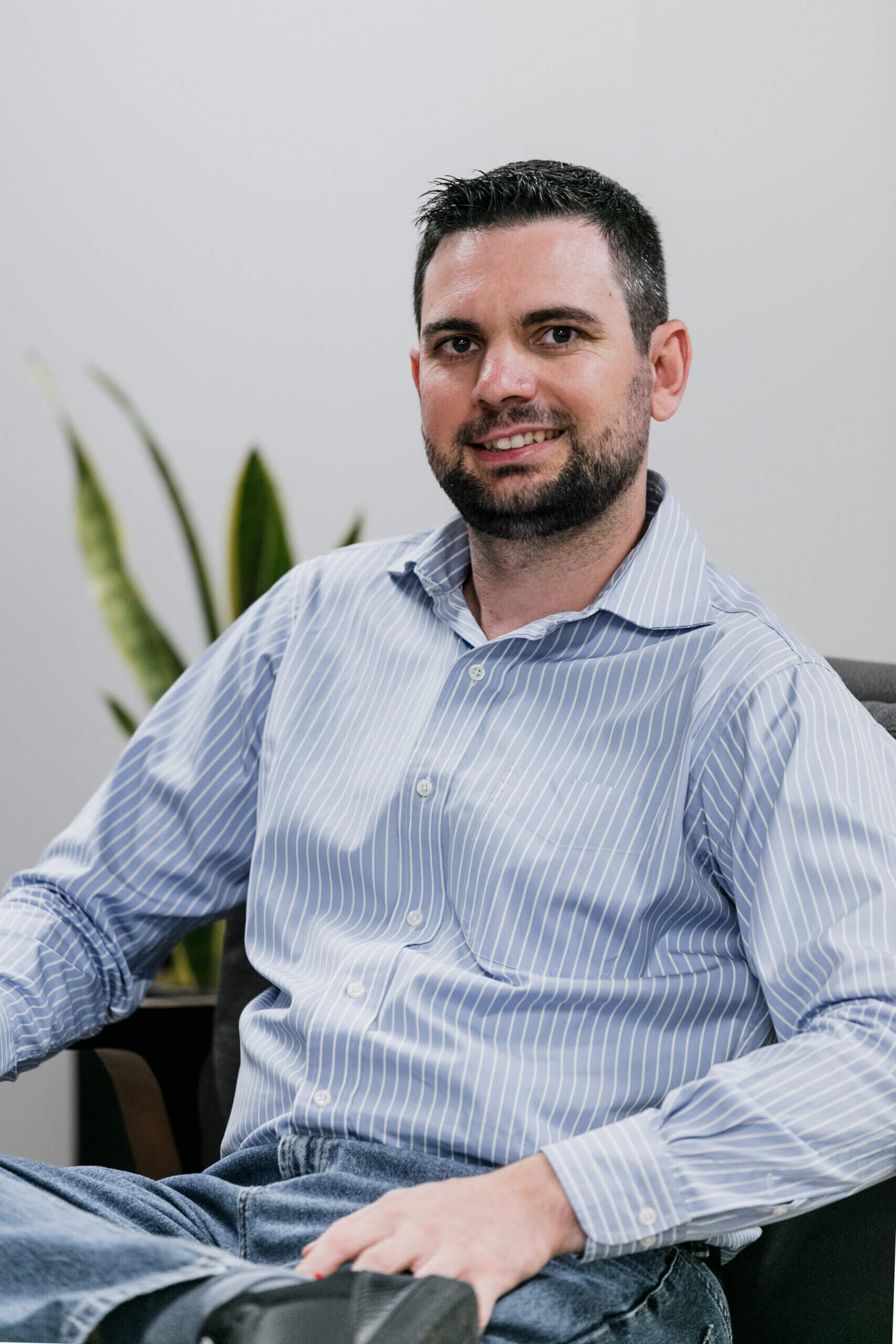
Technical Director

Finance and People Director

Financial Manager

People Manager

Operations Coordinator

Delivery and Operations Director

Business Analyst

Business Analyst

Business Analyst

Business Analyst

Business Analyst
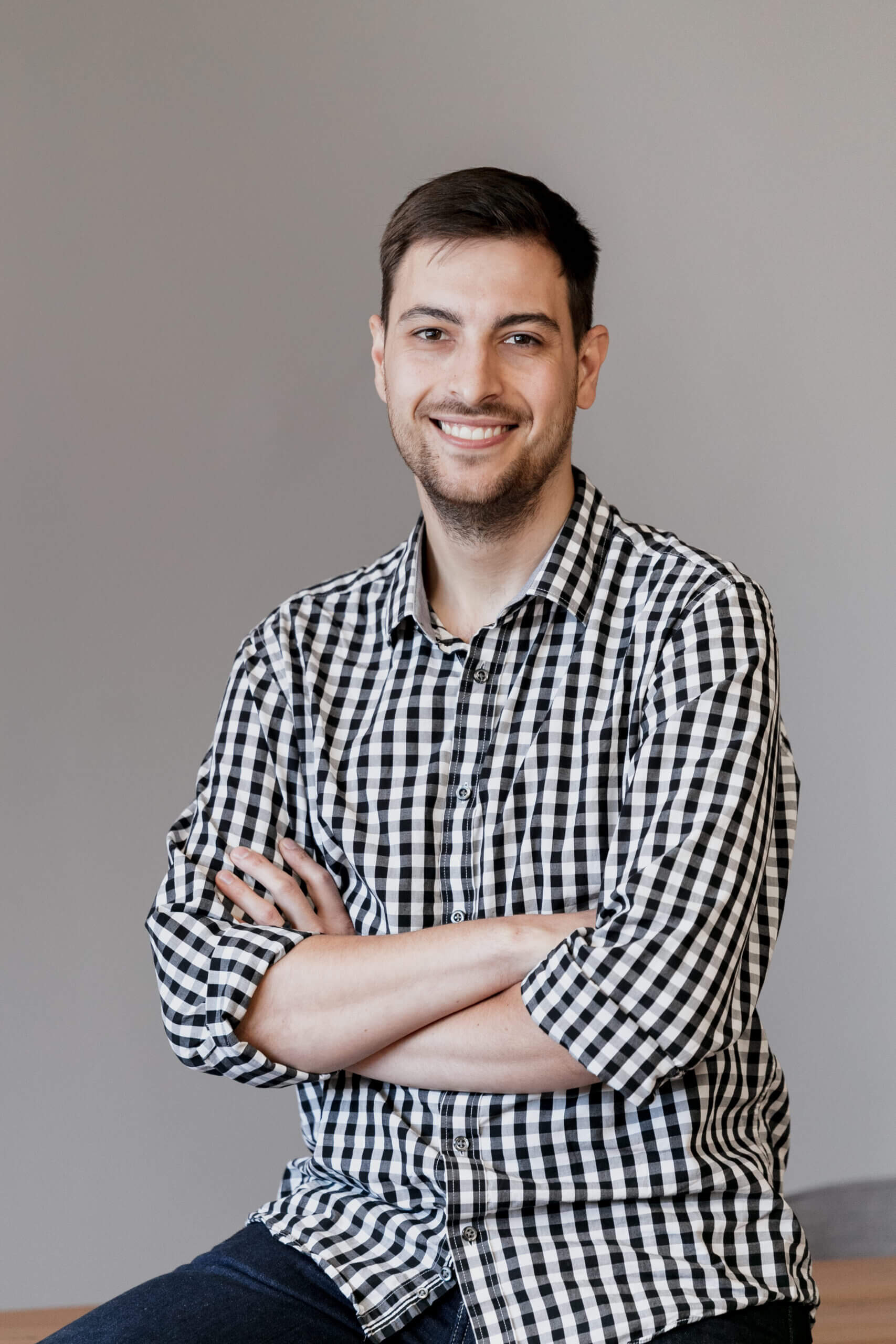
Business Analyst

Business Analyst

Practice Lead – Business Analysis

Business Analysis

Technical Director

Developer

Developer

Developer

Developer

Developer

Developer

Developer
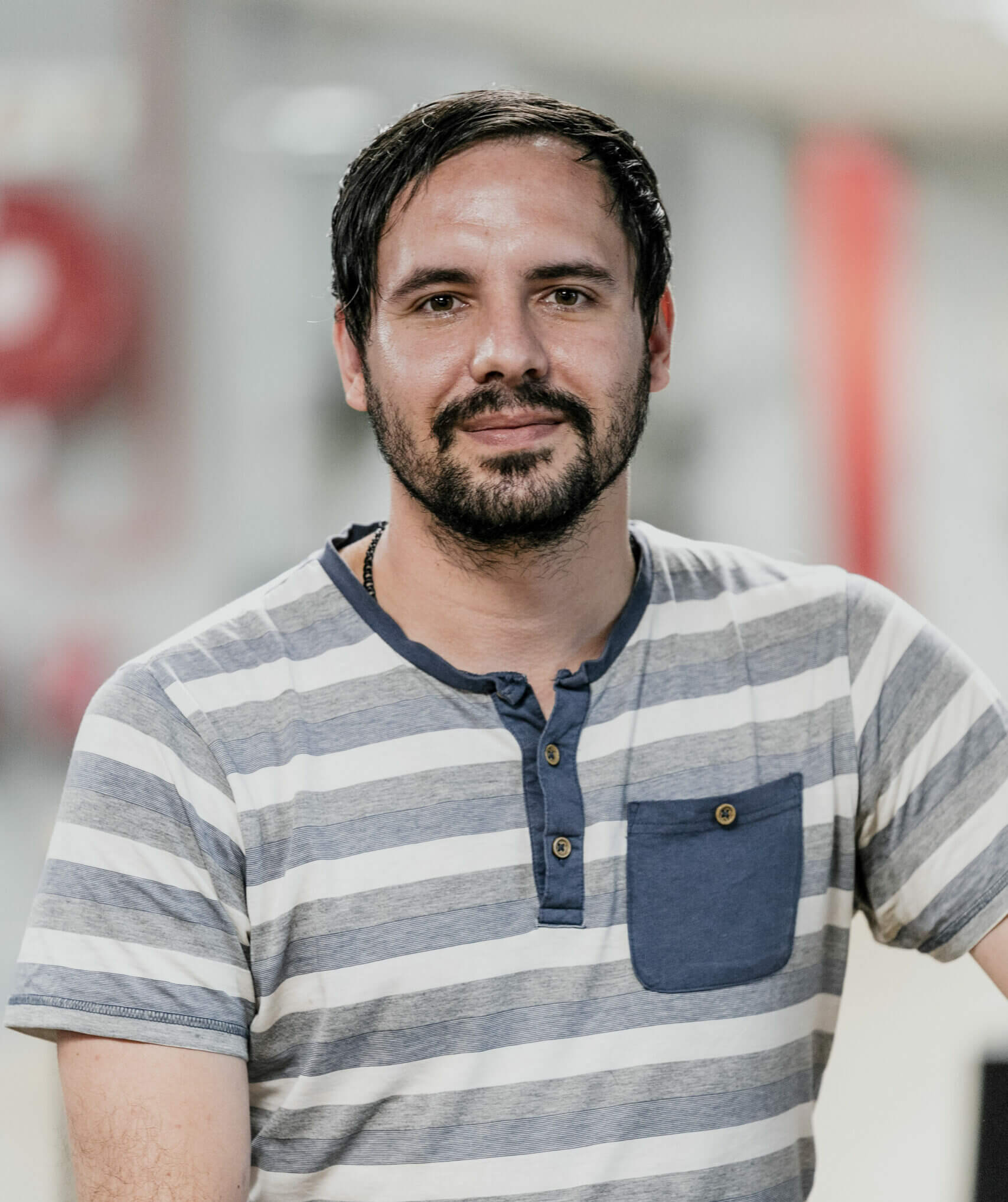
Developer

Developer

Developer

Developer

Developer

Developer

Developer

Developer

Solution Architect

Practice Lead – Quality Assurance
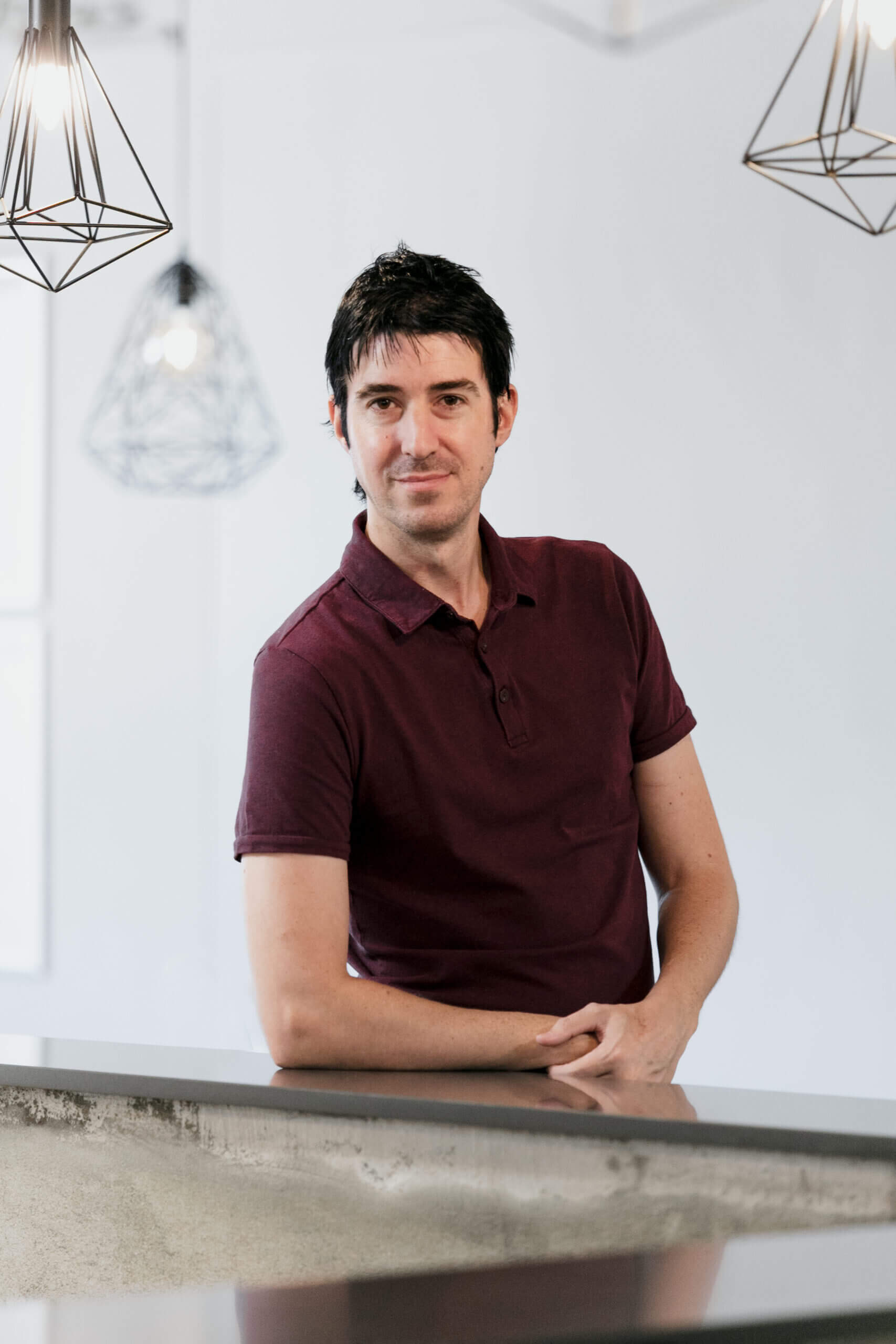
Functional QA

Functional QA

Functional QA

Functional QA

Developer in Test

Functional QA

Practice Lead – Developer in Test

Support Consultant

Creative Lead

Business Development
United States
We are engineers – run by engineers, owned by engineers. We are happiest when surrounded by personable, intelligent, challenge-seeking people – working on complicated projects in a space that values relationships, culture, and people over process – where the mentor and the mentorable thrive.
Ready to join our team and build some complex stuff?
